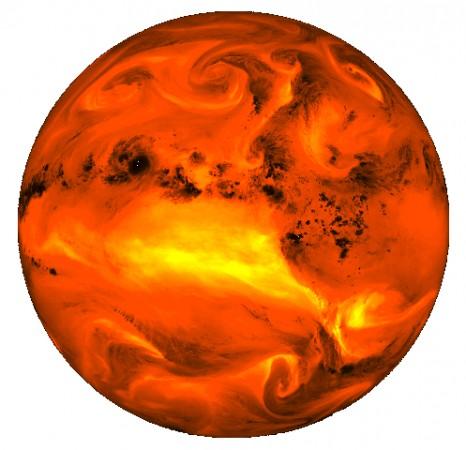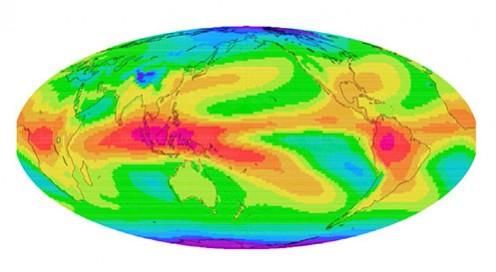The increased level of water vapour in the atmosphere is one of the contributing factors to the increase in global temperature, according to a team of researchers from the US.
This new study, conducted by the University of Miami Rosensteil School of Maritine and Atmospheric Sciences and colleagues, shows that the rise in the levels of water vapour in the atmosphere directly effects, not only the temperature on earth, but also the human activities of it. It also brings to light how the activities by the human beings have resulted in an increase in the levels of water vapour in the atmosphere.
"The study is the first to confirm that human activities have increased water vapour in the upper troposphere," said Brian Soden, co-author of the study, and Professor of Atmospheric Sciences at the University of Miami Rosensteil School.

The troposphere is the lowest layer of the earth's atmosphere. On an average, it is around 17 kilometres above the surface of the earth. However, at the two poles, it could be as less as 7 kilometres, and near the tropical regions, it could be as high as 20 kilometres. Above the troposphere is the Stratosphere. A place where the troposphere merges with the Stratosphere, or the upper limits of the Troposphere, is called the Tropopause. This is the region that Soden is talking about.
The researchers used an air sample from the Tropopause, which was collected by NOAA satellites. They then made a comparative study of the water circulation between the atmosphere and the oceans. They also tried to look for probable causes that this excessive amount of water vapour has not formed as a direct result of human interference. What they found, however, was contrary to what they were hoping to find.

They found that the increasing levels of water vapour in the atmosphere were a direct result of human interference. They found this would also affect the global temperatures, and add to the global warming, as water molecules can hold a high amount of heat. More importantly, they said that the main reason for this increase in atmospheric water vapour was due to the effect of greenhouse gases, mainly carbon dioxide.
Their findings showed that the greenhouse gases trap the heat within the atmosphere, and evaporates more water from the surface. This extra water vapour, they say, is stronger than most of the normal greenhouse gases, increasing the greenhouse effect manifold.
This study was published in the Proceedings of the National Academy of Sciences (PNAS) journal, by the name of 'Upper Tropospheric Moistening in response to Anthropogenic Warming'.

















